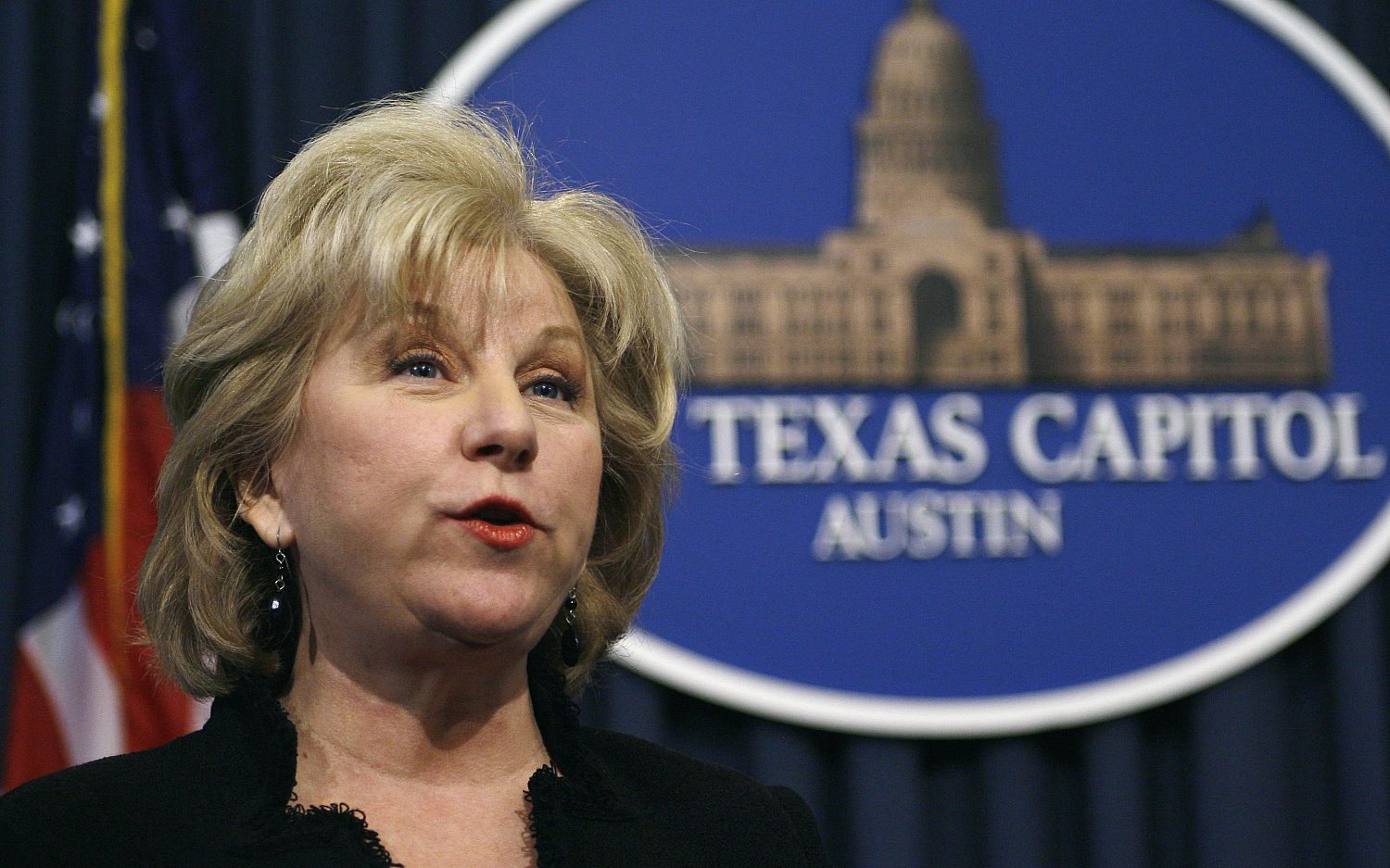Can free community colleges solve America's education debt crisis?
As states including Tennessee, Oregon, and Mississippi consider providing free community college for students, critics say that such a program could create unfair competition for traditional four-year colleges and actually take money away from students who need it most.
Supporters of the no-tuition policy see expanding access to community colleges as a way to help young American adults survive in an increasingly competitive global environment. “I think everybody agrees that with a high school education by itself, there is no path to the middle class,” said state Sen. Mark Hass, who is leading the effort in Oregon. “There is only one path, and it leads to poverty. And poverty is very expensive.”
Hass said offering free community college and increasing the number of students who earn college credit while in high school are keys to addressing a “crisis” in education debt. Taxpayers will ultimately benefit, he said, because it’s cheaper to send people to community college than to have them in the social safety net.
In Tennessee, Republican Gov. Bill Haslam wants to use lottery money to create a free community college program for high school graduates. If approved by the legislature, the “Tennessee Promise” would provide a full ride for any high school graduate—regardless of income—at a cost of $34 million per year.
But four-year institutions have pushed back against the program because it cuts the amount of financial aid flowing toward the state’s public and private schools. Tennessee has a large number of Christian colleges and universities that fear the new plan could hurt their enrollment, as they can’t compete with free programs.
“I don’t think it’s a good substitute for what we offer,” said Hunter Baker, dean of instruction for Union University, a private Christian college in Tennessee. Baker said if a school like Union loses even 10-20 students who might have otherwise applied, it would hurt the school. Students attracted to the free community colleges also would lose out on a Christian worldview college experience, Baker said.
Molly Corbett Broad, president of the American Council on Education, generally praised the free college movement but said students are more likely to be successful if they have “skin in the game” and pay something toward their education.
Tennessee and Oregon are both looking at the “last-dollar in” model, in which the state picks up the tuition not covered by other forms of aid. Because students from poor families often get their tuition covered by Pell grants and other programs, the state money would disproportionately help those from more comfortable backgrounds.
“If you’re paying for two years for everybody, then you’re paying for students whose families can afford to do it,” said Kay McClenney, director of the Center for Community College Student Engagement at the University of Texas. “And is that your best use of dollars within the public interest?”
The Associated Press contributed to this story.
An actual newsletter worth subscribing to instead of just a collection of links. —Adam
Sign up to receive The Sift email newsletter each weekday morning for the latest headlines from WORLD’s breaking news team.





Please wait while we load the latest comments...
Comments
Please register, subscribe, or log in to comment on this article.